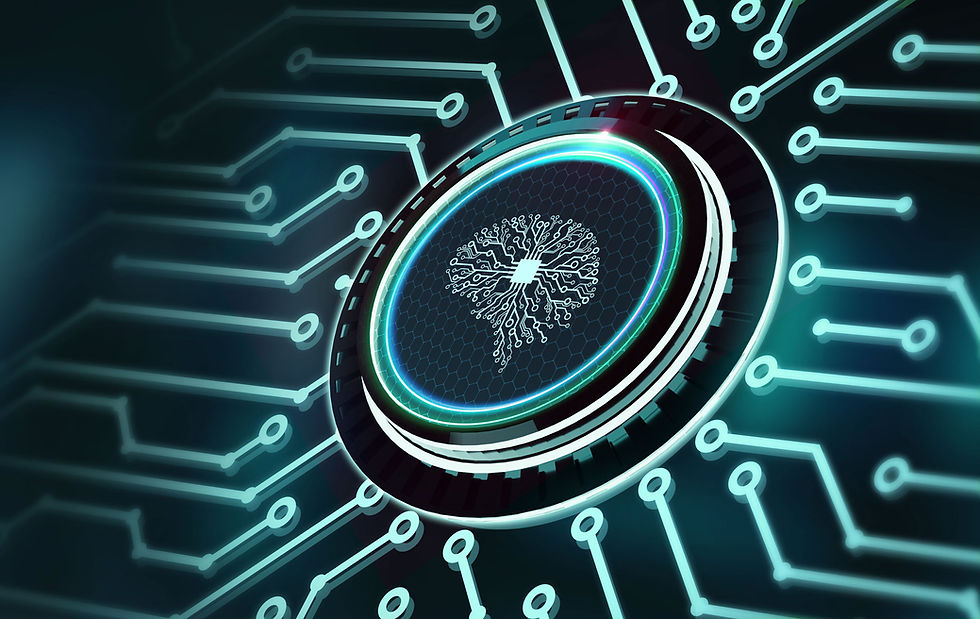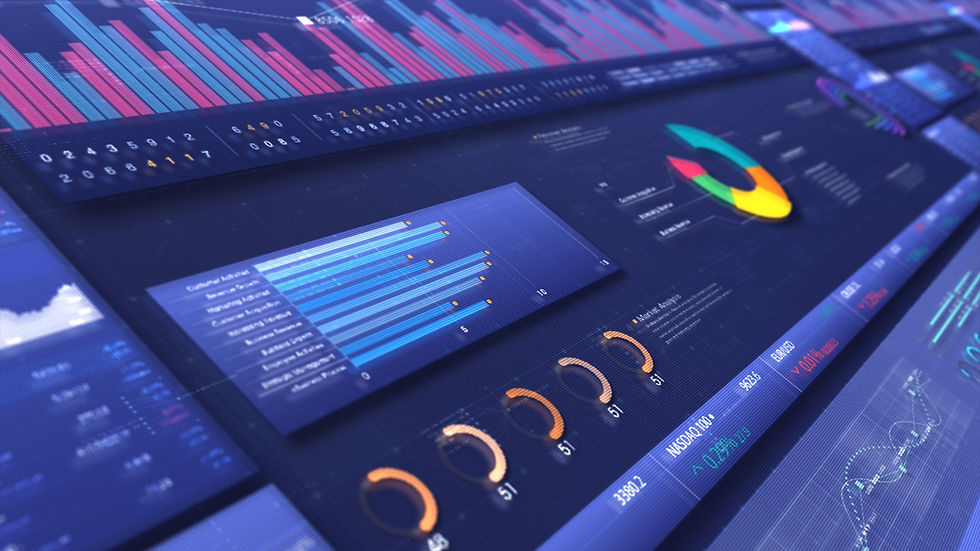Brains and Bytes: The Surprising Future of Neuroscience and Data Science
- Manousos A. Klados

- May 26
- 2 min read

We’re living in a world where your brain isn’t just keeping you alive—it’s a data goldmine. Welcome to the era where applied neuroscience and data science are fusing into one electrifying field. This isn’t sci-fi. It’s happening right now, and it’s reshaping everything from mental health to marketing, education to brain-computer interfaces (BCIs).
Neuroscientists have been drowning in data for years. From brain scans to wearables, we’re generating terabytes of messy, high-dimensional brain signals. Enter data science. Machine learning, deep learning, graph algorithms—you name it, data science has it. It’s the secret sauce that makes sense of the chaos, pulling out hidden patterns that were previously invisible.
But it’s not just about big data, it’s about smart data. Real-world neuroscience—think wearable neurotech, digital phenotyping, naturalistic environments—is messy. Data science isn’t just helping us analyze brain data; it’s pushing us to build models that can handle the complexity of human life.
Sure, data science can predict what mental state you’re in based on brain signals. But do we know why those patterns emerge? Not yet. The next big thing is causal modeling—combining neuroscience’s obsession with mechanisms and data science’s love for prediction. Imagine deep learning models that don’t just guess what’s next, but explain why. That’s the future.
Of course, there’s a catch. Some of the most powerful AI models in neuroscience—like deep neural networks—are black boxes. They work, but we don’t know how or why. That’s a problem if we’re talking about brain health, BCIs, or any tech that interacts with humans. We need models that are not just accurate but also explainable and fair. Ethics and transparency aren’t optional—they’re mandatory.
And here’s an underrated truth: neuroscience isn’t just borrowing from data science. It’s also pushing it forward. Neural data is noisy, complex, and unpredictable—perfect for developing next-gen algorithms. Think graph neural networks, temporal models, and adaptive learning systems. If your model works on brain data, it can probably handle anything.
This isn’t just academic talk. We’re looking at real-world breakthroughs like:
Personalized brain therapies that adapt in real time.
Cognitive augmentation tools that boost memory or focus.
Neuromarketing insights that predict consumer behavior with eerie accuracy.
Adaptive learning systems that tune education to your brain’s signals.
The brain is the final frontier, and data science is the rocket ship. This isn’t just a collision of fields—it’s a supernova of ideas that’s changing how we think about brains, machines, and everything in between. The question isn’t whether you’re ready for it. It’s whether you’ll be part of the revolution—or just watch it happen…
Enjoyed this post?
If you found this helpful, subscribe to my email list for more on research workflows, productivity in academia, and life as a scholar.
You can also visit my website add me as friend in LinkedIn to connect, explore options, or see what I’m working on.
Dr. Manousos Klados, MSc, PhD. PGCert. FHEA, FIMA
🎓Associate Professor in Psychology
Director of MSc/MA in Cognitive/Clinical Neuropsychology
✍️ Editor in Chief of Brain Organoid and System Neuroscience Journal
🧬 Scientific Consultant @ NIRx
🧑💻 Personal websites: https://linktr.ee/thephdmentor|

Comments